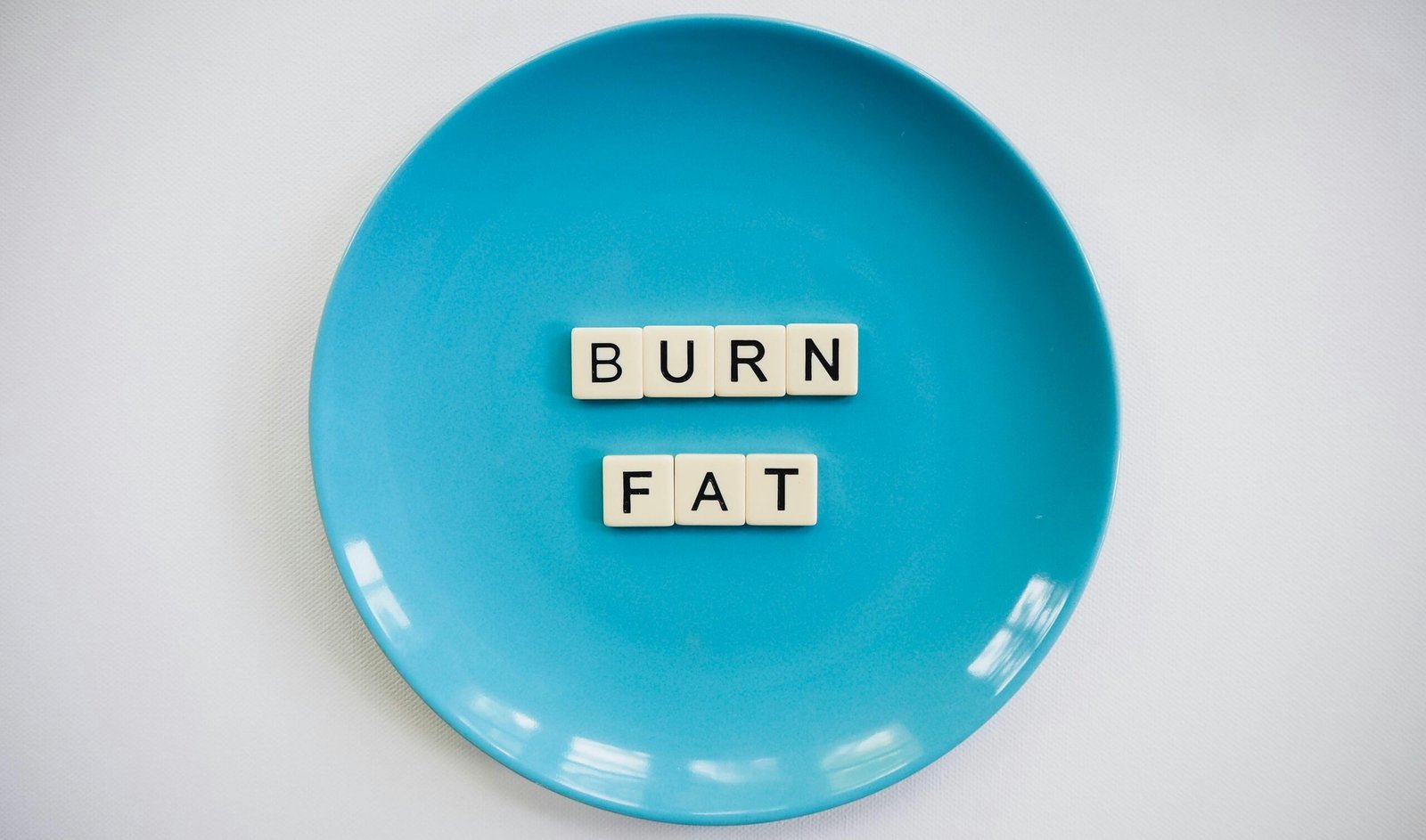Why Movement is Your Body’s Best Friend
Imagine a single habit that could sharpen your mind, strengthen your body, and add years to your life. That habit exists—and it’s called exercise. Whether you’re a gym enthusiast or someone who struggles to find motivation, the science is clear: regular physical activity is one of the most powerful tools for enhancing overall health.
But exercise isn’t just about losing weight or building muscle—it’s about vitality, longevity, and mental clarity. From reducing the risk of chronic diseases to boosting mood and energy levels, movement is medicine.
In this guide, we’ll break down the science-backed benefits of exercise, explore different types of workouts, and provide practical tips to help you build a sustainable fitness routine—no matter your age or fitness level.
The Life-Changing Benefits of Exercise
Strengthens Your Heart & Lowers Disease Risk
Your heart is a muscle, and like any muscle, it thrives on activity. Cardiovascular exercise—such as brisk walking, cycling, or swimming—improves circulation, lowers blood pressure, and reduces the risk of heart disease, stroke, and type 2 diabetes.
Studies show that even moderate activity, like 30 minutes of walking per day, can cut heart disease risk by up to 30%. And if you think you need to run marathons to see benefits, think again—consistency matters more than intensity.
Enhances Mental Health & Battles Stress
Exercise isn’t just a workout for your body—it’s a brain booster. Physical activity triggers the release of endorphins, natural mood-lifters that combat stress, anxiety, and depression.
Research also suggests that regular movement can:
-
- Improve memory and cognitive function
-
- Reduce symptoms of ADHD
-
- Lower the risk of Alzheimer’s disease
One study found that people who exercised regularly had 20% lower risks of depression compared to those who were inactive. Even a quick 10-minute walk can shift your mindset and reduce tension.
Builds Stronger Bones & Muscles
As we age, muscle mass and bone density decline—but strength training can reverse this process. Lifting weights or doing bodyweight exercises (like push-ups and squats) helps:
-
- Prevent osteoporosis
-
- Maintain mobility and balance (reducing fall risk in older adults)
-
- Boost metabolism (since muscle burns more calories than fat)
The best part? You don’t need a gym membership. Simple resistance bands, household items, or even your own body weight can make a huge difference.
Supports Weight Management
While diet plays a key role in weight loss, exercise helps maintain a healthy weight by burning calories and regulating appetite. High-intensity workouts, in particular, can elevate metabolism for hours after exercise—a phenomenon known as the “afterburn effect.”
But here’s the truth: You can’t out-exercise a bad diet. The magic happens when movement pairs with mindful eating. Focus on whole foods, stay active, and let your body find its natural balance.
Boosts Energy & Sleep Quality
Feeling sluggish? Movement increases oxygen flow and stimulates mitochondria (your cells’ energy factories). Plus, regular exercisers often experience:
-
- Deeper, more restorative sleep
-
- Reduced insomnia symptoms
-
- Higher daytime energy levels
If you struggle with fatigue, try a short walk instead of another cup of coffee. You might be surprised by the energy boost.
Finding the Right Workout for You
Not all exercise is created equal—and the best workout is the one you’ll actually stick with. Here’s a breakdown of different fitness styles and their benefits:
Cardiovascular (Aerobic) Exercise
Examples: Running, cycling, dancing, swimming
Benefits: Improves heart health, burns calories, boosts endurance
How much? At least 150 minutes of moderate activity (or 75 minutes of vigorous activity) per week.
Pro tip: If you hate running, don’t run! Try hiking, swimming, or even playing a sport. Enjoyment keeps you coming back.
Strength Training
Examples: Weightlifting, resistance bands, Pilates
Benefits: Builds muscle, strengthens bones, enhances metabolism
How much? 2-3 sessions per week, targeting all major muscle groups.
Pro tip: Start with bodyweight exercises if you’re new to strength training. Master the basics before adding weight.
Flexibility & Mobility Work
Examples: Yoga, stretching, tai chi
Benefits: Prevents injury, improves posture, reduces stiffness
How much? Daily stretching or at least 2-3 yoga sessions per week.
Pro tip: Stretch while watching TV—it’s an easy way to sneak mobility work into your day.
High-Intensity Interval Training (HIIT)
Examples: Sprint intervals, circuit training
Benefits: Maximizes calorie burn in less time, improves cardiovascular fitness
How much? 10-30 minutes, 2-3 times per week (great for busy schedules).
Pro tip: HIIT doesn’t have to be extreme. Even alternating between fast and slow walking counts!
How to Build a Sustainable Fitness Habit
Start Small & Be Consistent
If you’re new to exercise, don’t jump into extreme workouts. Begin with:
-
- 10-minute walks
-
- Bodyweight exercises (like squats and lunges)
-
- Short yoga sessions
Consistency beats intensity—small, daily efforts lead to long-term results.
Mix It Up (Avoid Boredom & Plateaus)
Doing the same workout every day can lead to burnout or stalled progress. Keep things fresh by:
-
- Rotating between cardio, strength, and flexibility workouts
-
- Trying new activities (hiking, dance classes, martial arts)
-
- Challenging yourself with progressive overload (gradually increasing weights or reps)
Listen to Your Body
Exercise should energize, not exhaust you. Signs you may be overdoing it:
-
- Persistent soreness
-
- Fatigue or irritability
-
- Declining performance
Rest days are essential for recovery and muscle growth.
Make It Social (Or Enjoyable)
Working out with a friend, joining a sports league, or following along with a fun YouTube trainer can boost motivation. If you enjoy the activity, you’re more likely to stick with it.
Final Thoughts: Your Body is Built to Move
Exercise isn’t about punishing your body—it’s about celebrating what it can do. Whether you’re lifting weights, hiking a trail, or dancing in your living room, every movement counts toward a healthier, happier you.
The key? Start where you are, stay patient, and keep moving. Your future self will thank you.





